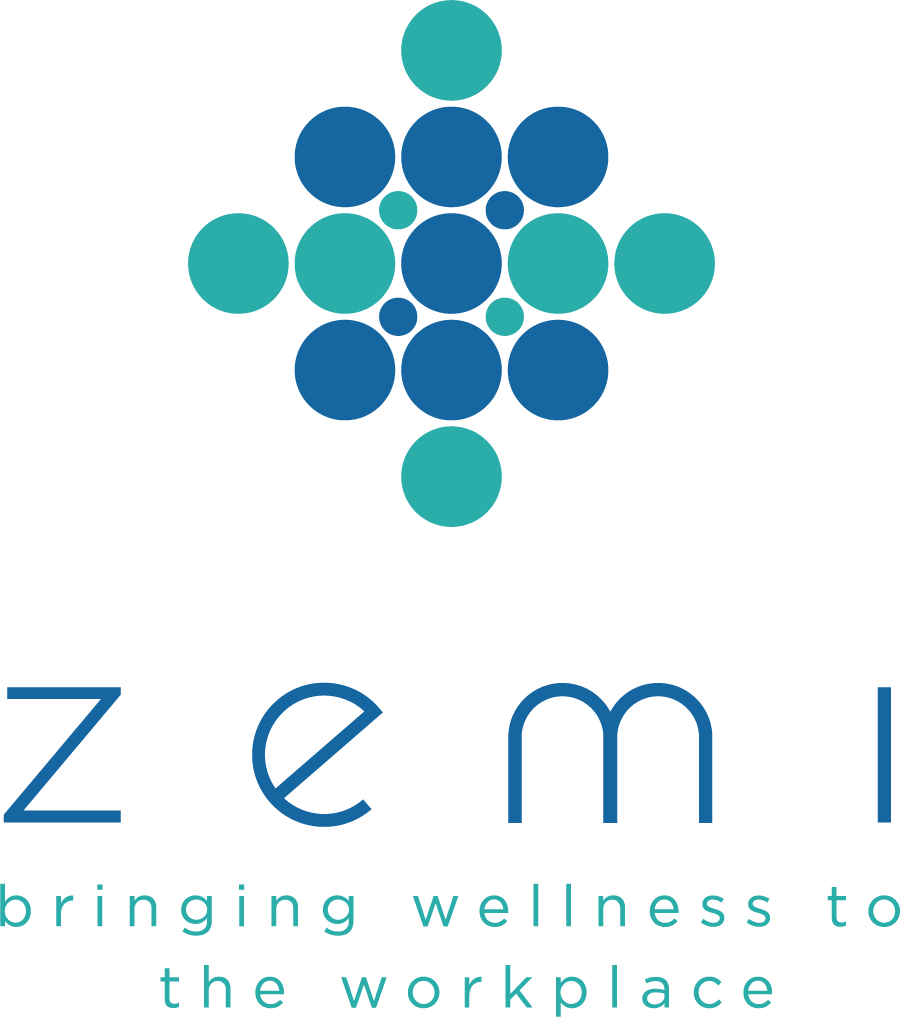A better workout in less time? Yes please!
A great workout is an efficient one. Most of us are looking for major results with minimal time. Aren’t we?
Contrary to popular thought, a long workout doesn’t necessarily produce the most results and can actually do more harm than good. That’s right! When done properly, less is more: more calorie burn, more progress, more prevention. Just remember, more overall movement throughout your day is always encouraged, but hours on the treadmill may not be the way to go about reaching your goals.
You see, steady-state cardio- prolonged exercise at the same rate or intensity- can have these negative effects (especially regarding running):
stalled progress due to the body becoming more efficient at performing the same exercise
limited calorie burn which returns to normal after exercise ends
muscle loss
joint damage from prolonged pounding
This begs the question, now what? I thought exercise was good for you.
It is! Let’s just get out of the mindset of setting the treadmill to 4.0 mph and zoning out for the next hour.
To really get bang for your buck, you want an afterburn effect, also known as EPOC (Excess Post-Exercise Oxygen Consumption). In simple terms, EPOC refers to the amount of oxygen required to restore the body to its normal, resting state after exercise. During exercise, the body consumes more oxygen to meet the increased energy demands. After the exercise session ends, the body continues to consume oxygen at an elevated rate to recover and repair tissues, restore energy reserves, and clear any metabolic byproducts generated during the workout. This means you continue to burn calories for up to 48 hours after your workout, without continuing to exercise.
So how exactly does one get this EPOC thing?
High-intensity exercise, such as interval training or resistance training, typically produces the greatest EPOC due to higher demands placed on the body.
HIIT stands for High-Intensity Interval Training. It is a form of exercise that involves alternating between short bursts of intense exercise and periods of rest or lower-intensity exercise. HIIT workouts typically consist of short intervals of high-intensity exercise followed by brief recovery periods.
The key components of HIIT include:
1. Intensity: HIIT workouts involve performing exercises at a high intensity, pushing your body close to its maximum effort level during high-intensity intervals.
2. Intervals: HIIT alternates between periods of intense exercise and rest or lower-intensity exercise. The intervals can vary in duration, but they are typically short, ranging from 20 seconds to a few minutes.
3. Variety: HIIT workouts incorporate a range of exercises, to keep the body challenged and engaged throughout the workout.
HIIT workouts will improve cardiovascular fitness, increase calorie burn, and are easily modified to fit different fitness levels. And as promised, you can get a better workout in less time. Shorter commitment, more results. Now that’s more like it.

